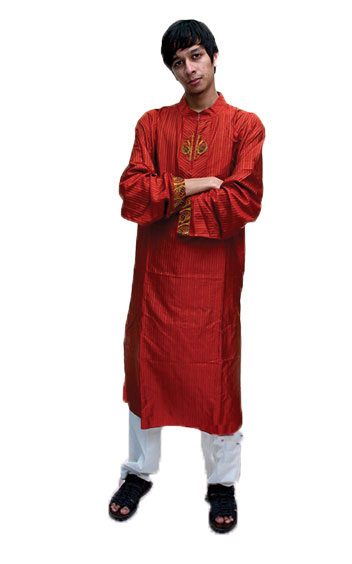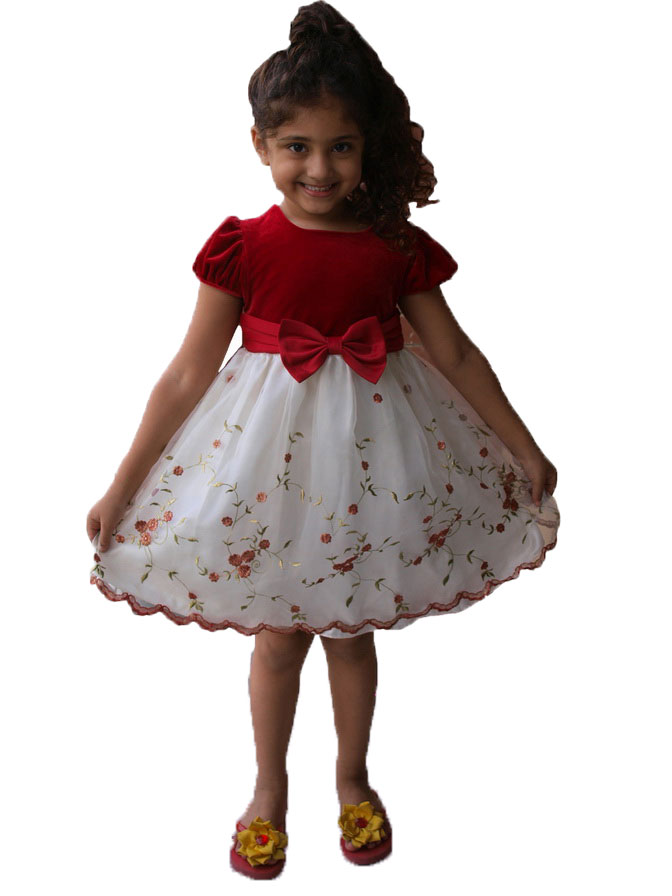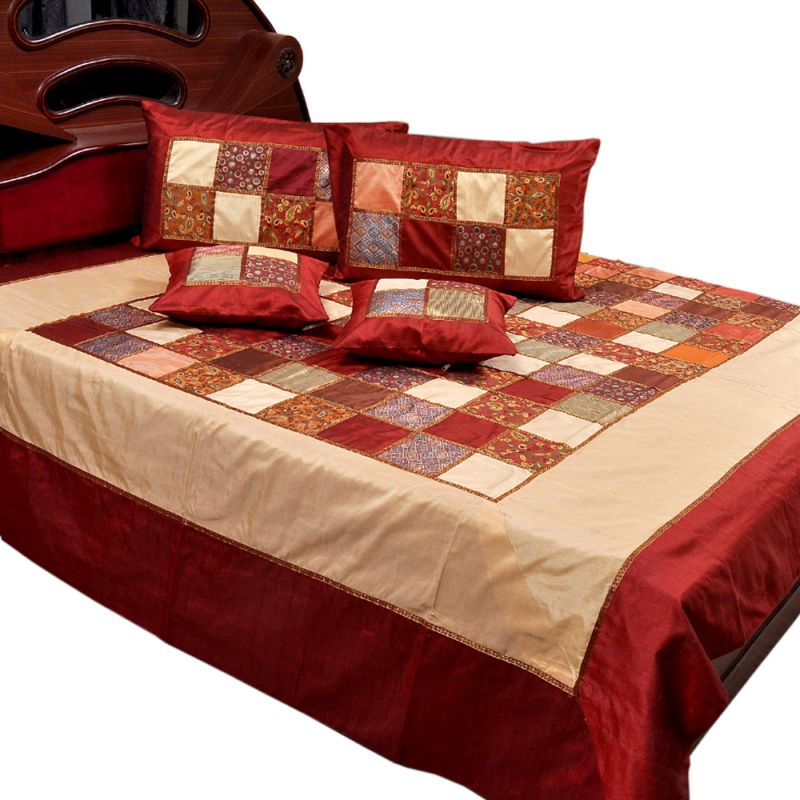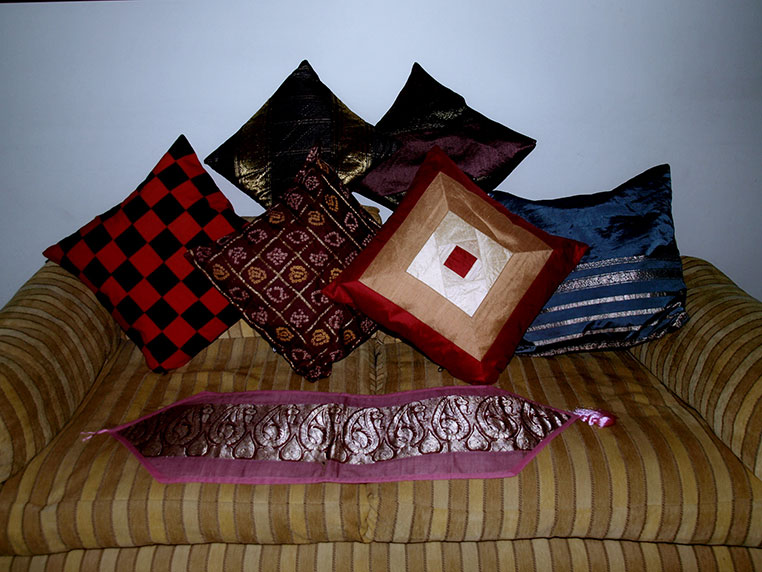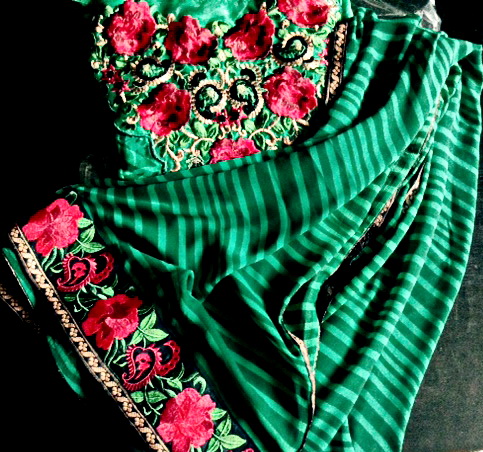fashion
In black & white
In the 1960s, a post-war Britain was celebrating fashion – and monochrome (black & white) was all the rage. With black & white you could be bold, daring, outrageous. The high contrast between the colours meant that patterns were emphasised, lines were cleaner, and tailoring was truly on show. The trend was certainly a sign of the times.

In Bangladesh we are no strangers to black & white – a very traditional combination. The association with mourning had meant that the colours are now worn to ‘Ekushey February’ functions, when we commemorate those who died as part of the Bangla language movement.
are no strangers to black & white – a very traditional combination. The association with mourning had meant that the colours are now worn to ‘Ekushey February’ functions, when we commemorate those who died as part of the Bangla language movement.
But we shouldn’t just keep our black and white for this occasion. Black & white is flattering to everyone, of all shapes, ages and skin tones, and suitable for all sorts of occasions. Black & white combinations are now even seen at weddings – traditionally the time for guests to wear bright colours.
Black & white is easy to mix and match – which means you have great versatility in your outfits.  Thus, a black-&-white-based wardrobe means you have many looks to hand. If the monochrome effect is too much, you can follow the modern trend of wearing the outfit with bright accessories in primary colours. Royal blue, daffodil yellow and deep red are particularly good companions to black & white. Orange and violet are more daring.
Thus, a black-&-white-based wardrobe means you have many looks to hand. If the monochrome effect is too much, you can follow the modern trend of wearing the outfit with bright accessories in primary colours. Royal blue, daffodil yellow and deep red are particularly good companions to black & white. Orange and violet are more daring.
Men can also easily follow the black & white trend. It’s a rare man that doesn’t look good in a crisp white shirt and black suit. Many black & white traditional outfits are now available in all the popular outlets. And those who wear ‘urban’ outfits needn’t feel left out either. White trainers, black track suit and a white hoodie with a eye-catching logo or statement will make sure you stand out from the crowd.
Well, you’ve seen it now, in black & white, on Punoh. Take on the trend and stand out from the crowd.
Written by Julie for Punoh.
© Punoh, 2013.


